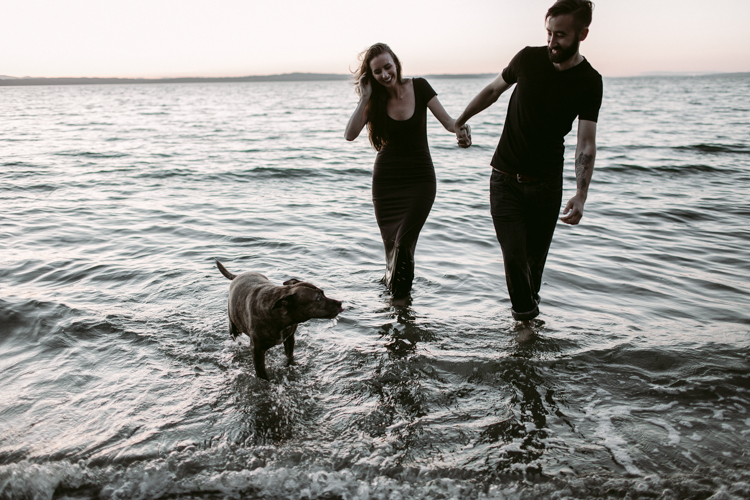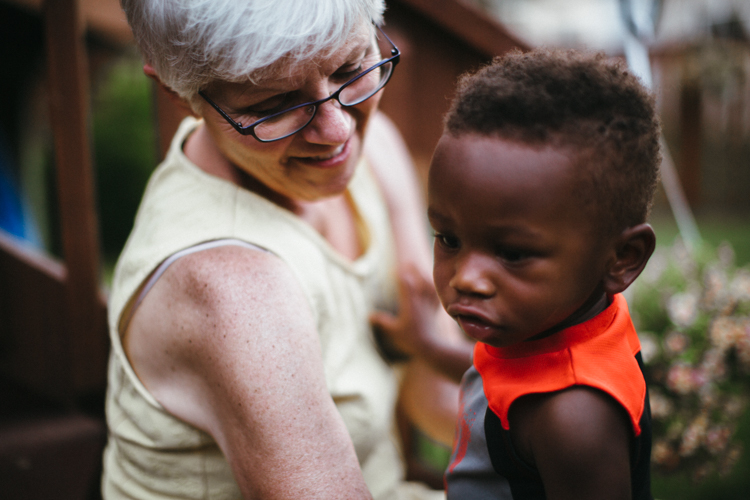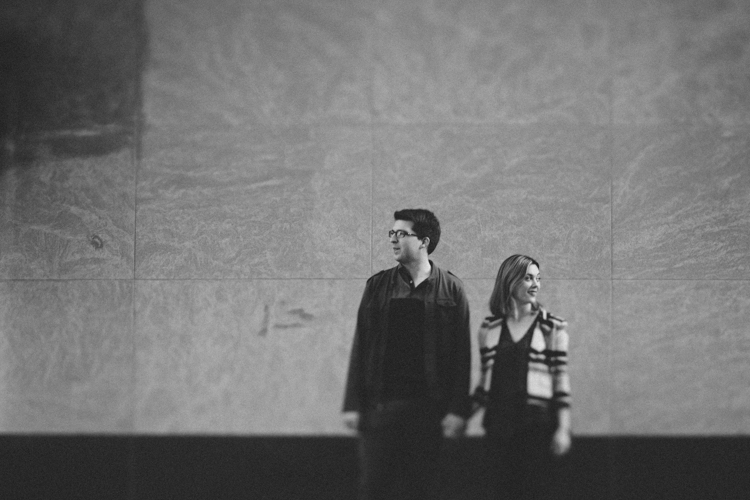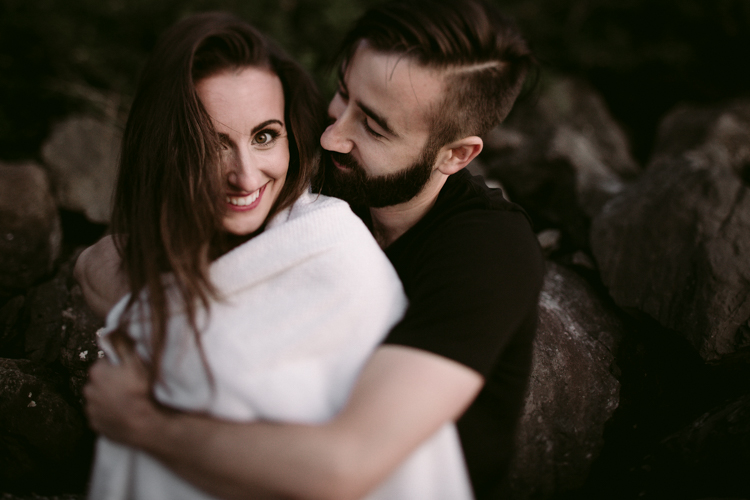 |
|
Aki Murata, VP of sales and marketing for Olympus America.
|
Long before the new Olympus OM-D E-M1X was officially announced, we had the opportunity to sit down with Aki Murata, VP of sales and marketing for Olympus America, to talk about the upcoming camera. While some details of the final specification were yet to be finalized (our conversation happened in October) Mr Murata was keen to explain the concept behind the pro-oriented E-M1X, and why in his opinion it doesn’t make sense for Olympus to go full-frame.
The following interview has been edited slightly for clarity and flow.
What kind of customers are you hoping to attract with the E-M1X?
We believe that there will be three types of users. One is users stepping up from existing M43 cameras, like the E-M1 Mark II. That’s a good camera, but in certain circumstances it doesn’t work for sports photography. For example having a joystick on the vertical and horizontal grips – that’s the kind of thing that’s needed for wildlife and sports. That’s the number one target group.
Second is photographers who are stepping up from APS-C, like Canon 7D users. Those people are buying APS-C to make use of tele lenses, to get longer focal lengths. And the system is smaller than full-frame. Those people aspire to EOS-1D X type products but they’re not affordable. And they’re big, it’s a hassle. This camera will create new demand. You can shoot at long focal lengths and still hand-hold.
For us, sensor size isn’t the answer
Obviously current APS-C users will be tough. ‘Step-up’ for some of them means going to full-frame. But we want to say to those people think again – what kind of pictures do you want to take? For us, sensor size isn’t the answer. We want to convey that message to the market. Full-frame is definitely a buzzword in the market, but maybe after carrying around full-frame lenses they’ll find they’re too big and give up!
The third group is people who are making an additional purchase, in addition to 5-series, 1D-series or D5 cameras who want to try the new system. Because what this camera does is basically the same. People may think that they need full-frame but once they’ve seen this camera’s performance I don’t think that that will be an argument, considering the difference in size and weight.
 |
| Arguably, the Olympus OM-D E-M1X represents the company’s most serious attempt to court professional photographers since the film-era OM-4, released in 1986. |
The AF tracking will be very important for those demographics – how did you benchmark the new camera compared to competitors?
We don’t have any numbers around that, but in order to develop this camera’s AF system we gave it to many professionals here [in the US] and abroad to get their opinions about AF performance. So we’ve changed the algorithms a lot. It’s not so much about benchmarking about other cameras, more about listening to the voices of the professionals. And obviously the AI technologies.
Ultimate reliability goes far beyond strong build, and resilience to the elements
You said that the camera has been in testing for a long time – can you tell us how long it’s been in development, from the initial concept?
After the E-M1 II, we started to get feedback from the market. That was the first step. Our R&D guys wanted to develop the camera for ultimately reliability. The E-M1 was the first challenge, then the Mark II, when we really wanted to improve autofocus accuracy. But after listening to the pros we realised we had to make an even bigger effort to achieve maximum reliability. That was the starting point, when we were planning the new model.
‘Ultimate Reliability’ is a primary goal of Olympus’s R&D philosophy. This philosophy was established 48 years ago in a company memorandum created by Yosihisa Maitani [creator of the original OM product line]. This memorandum establishes three main R&D goals: compact, lightweight and ultimate reliability. Ultimate reliability goes far beyond strong build, and resilience to the elements, it also speaks to the cameras performance and consistent operation. This R&D policy is still followed today and is a cornerstone of our operation.
Is it very important to you that professionals use Olympus cameras?
Absolutely. Our target is that Olympus gear will be trusted by professionals. That’s what we want to achieve. And to achieve it, we need to achieve ultimate reliability. With the M43 system we want professionals to use our cameras and be satisfied by them.
Do you expect to see Olympus lenses at the 2020 olympics?
I hope so! We had the Asian olympic games a couple of months ago and that was our first time being inside the press center. There was only Olympus and one other manufacturer. We didn’t have many professional photographers there, but we had some and they came to us for professional service. That was a great first step for us.
 |
| The M.Zuiko Digital ED 150-400mm F4.5 TC1.25x IS Pro is equivalent to 300-800mm on Micro Four Thirds bodies, increasing to 375-1000mm with its built-in teleconverter activated. The lens will be available in 2020. |
How will computational photography technology from smartphones change cameras in the future?
The speed of smartphone development means that those technologies can be incorporated into smartphones, first. The risk for the photo industry is that people lose interest in traditional photography because their smartphone is so good. If the next step is big lenses and huge cameras, a lot of people might just give up and use their phones instead. They’re not competitors in some ways, but in other ways they are.
How will you address that challenge?
First of all we won’t use any other mount other than Four Thirds. If we had more than one mount, that’s not really user-friendly, and we’re creating the risk that we’d lose customers. If we ask you to buy a camera and lens and then step up to another mount, you might not want to do that. We want to create one, cohesive system with M43. We know our strengths. We have a small and lightweight system, which is good for shooting telezoom lenses, outside. So we’re focusing on this area, to provide suitable products for this field of photography.
For this [kind of photography], you cannot utilize a smartphone. You need optics, and capable AF systems. This is the area we want to focus on. We think that there is growth in these areas. This differentiates us a lot compared to smartphones. We would like all users in these fields to test our product because once they do they will see how accurate the autofocus is, and we have 7.5 stops of stabilization now, you can make great images.
Many people buy $ 399 or $ 499 DSLRs and end up just abandoning them
Lastly, services – not in terms of repair, but what we can offer our customers. We are not a giant in the camera industry, we know that. So we cannot speak to all photographers, but for our users we want to provide good post-purchase experiences. This is a new vision we’ve been talking about in the past few months. If we meet in a year or two I hope that you’ll remember what I said in this meeting!
Many people buy $ 399 or $ 499 DSLRs and end up just abandoning them, because in some conditions the pictures might look worse than their phone. Unless we give proper training, information and proper hands-on experiences, it’s difficult to enjoy photography. Our responsibility is not only to create cameras, but to provide services after purchase. We’re currently thinking how we can use our current platform, or maybe a new digital platform.
 |
| The ultra-tough E-M1X is built for reliability and endurance in tough environments. Two batteries deliver a CIPA rated 800+ shots before the camera runs out of juice. In more representative shooting situations we’d expect much more. |
This is a very uncluttered camera, compared to previous OM-D 1-series cameras. Does this represent a deliberate attempt to create a different kind of experience?
Many of those things come from direct feedback from photographers. They’ll tell us ‘it’s really good to have this button here, so I don’t press it by mistake’, or whatever. So we have made several changes after talking to professionals and finally we came up with the [E-M1 X]. We just wanted to make the perfect camera for them.
They didn’t want an LCD on top?
Do you need one? There are mixed feelings on that. We considered it, but the camera would become bigger and lose operability. Our R&D guys just sit next to professionals sometimes, and watch how they use the camera. That’s how they get inspiration.
This is still a fairly large camera – do you still have any interest in developing the smaller, lighter cameras?
specially last year we used a lot of R&D resources on this camera, not only because we want to have professional users, but because we wanted to add ultimate reliability to our lineup. We wanted to meet the requirement of professionals who shoot sports and wildlife. Now that [the E-M1X] has arrived, and it’s our 100th anniversary, you can expect more.
We don’t make full-frame, because we don’t believe that everyone needs it
Olympus is now the only camera manufacturer not to offer an APS-C or larger sensor. How will you differentiate your lineup in that context?
We have three strengths: Compactness and light weight, lens quality, and I.S. That combination is unique. Full-frame is kind of like a buzzword in the market, but lens size cannot be changed. If you compare the systems there are visible differences in terms of size and weight. We do what we believe is right. We don’t make full-frame, because we don’t believe that everyone needs it. For most photographers it’s better to have mobility – if you don’t have a camera with you, you can’t take the shot. We believe that our solution is better for most people. It’s good to have full-frame, but there is a need for a smaller system. This is why Maitani’s R&D philosophy is so important to us.
We believe that the market will be separated into two. One is larger, full-frame, and the other is more portable cameras and lenses. We’re happy that everyone else is going to bigger sensors, and we’re staying where we are. I’m confident, and I’m proud to say that we’re staying here. It doesn’t make sense for us to go full-frame. There is a place for full-frame, and a place for medium format, but our customers can’t [be limited to] three frames per second. There is a customer base that needs the products we offer now, and they need a compact and lightweight system.
Editors’ note: Barnaby Britton and Carey Rose
Perhaps the most striking takeaway from our conversation with Mr Murata is his confidence that Olympus is right to buck the general trend towards bigger sensors. He couldn’t have been clearer that whereas close competitors like Panasonic and Sony have opted to expand into full-frame, he isn’t interested in developing products for any mount other than Four Thirds.
It’s unusual to hear this kind of unequivocal – very specific – statement of intent from senior executives at major companies. Normally in conversations with press, we’re told that all possible doors are open ‘depending on the market’, but Mr Murata couldn’t have been clearer. “We won’t use any other mount other than Four Thirds […] we’re staying where we are”. You heard it here first.
It remains to be seen whether the E-M1X will attract the professional photographers that Olympus wants, but it’s certainly true that it can do some things that larger-format cameras cannot. There isn’t a full-frame camera on the market that can shoot Raw+JPEG frames at 60fps, or combine several frames taken in an instant to output an 80MP file. Likewise Live ND, which simulates the effect of an ND filter without the hassle of actually having to use one, and a stabilization system capable of 7.5EV of correction (thanks to a new gyro mechanism and tweaked software).
Will we see banks of Zuiko lenses on the sidelines at the Tokyo 2020 Olympics? Only time will tell
It’s quite likely, too, that the E-M1X is the toughest professional camera on the market. Durability and weather-sealing are notoriously hard to test (unless you test to destruction, which we don’t) but an officially-quoted IPX1 rating and a promise that the camera is sealed based upon experience learned from the ‘TOUGH’ series compacts is encouraging. Some DPReview commenters have balked at the E-M1X’s $ 3000 MSRP, but it’s worth remembering that this is only a little more than half the cost of a Nikon D5.
Alongside the Sony a9 (with upcoming firmware) the D5 is a benchmark camera for autofocus performance and reliability, and with the E-M1X Olympus is clearly launching a challenge for that crown. Using machine learning, Olympus’s engineers have effectively ‘trained’ a model to recognize certain subjects (automobiles, airplanes and trains, for now) and this model – which houses a large dataset – is integral to how the E-M1X’s autofocus tracking system operates. This isn’t artificial intelligence so much as machine learning (or ‘deep learning’) but if you’re shooting planes, trains or automobiles with the E-M1X you’d be forgiven for thinking otherwise.
While we’re told that some E-M1X features might be added to the E-M1 II via firmware, this predictive tracking model relies on the dual processors of the ‘X’. Will we see banks of Zuiko lenses lined up on the sidelines at the Tokyo 2020 Olympics? Only time will tell, but the E-M1X is definitely a step in the right direction.
Learn more about the new pro M43 Olympus OM-D E-M1X
Articles: Digital Photography Review (dpreview.com)










